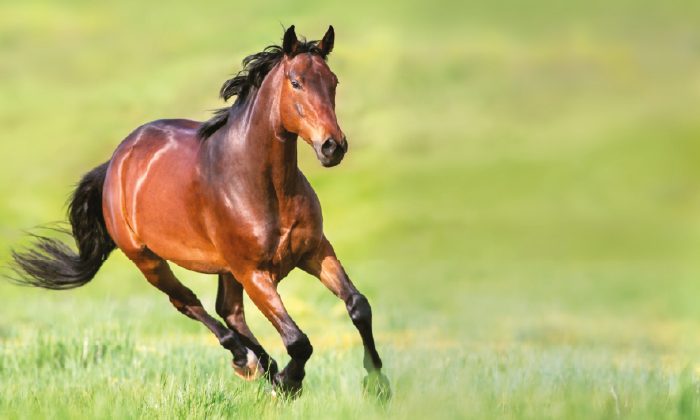With thearrival of the summer season the prevention for our animals that can contract various diseases due to insect bites such as the Leishmaniasis which is a disease transmitted by parasites belonging to protozoa, the spread of which is not only limited to animals, but has also spread among humans. The causes are attributable to various factors, the contact of immunosuppressed human beings with the vectors of the infection, the spread of different etiological agents with increased virulence, global climate changes which have led to a wider diffusion of the reference area for vectors of the disease.
Leishmanias are transmitted by the sting of bloodsucking dipterans (sand flies) of the genera Phlebotomus, in the “Old World” and Lutzomya (“mosquito palha”) and Psychodopygus (rarer), in the Americas. Sand flies grow in humid, shady places filled with organic debris (undergrowth foliage, small mammal burrows, manure, piles of stones and cracks in dry stone walls). Females need to feed on blood for the maturation of the eggs and sting the host, more often at dusk, in the hairless areas of the skin, and feed on the blood that comes out of the wound. In temperate regions, transmission occurs mainly in the summer season: the sand flies live two months, those infected less and need a lot of blood because their proboscis is blocked by a large multitude of leishmania promastigotes, therefore they sting more often, with greater spread of the 'infection. The biological cycle of Leishmania takes place through two morphological aspects: the amastigote, intracellular form (immobile, since it has no flagellum) and the promastigote form (mobile, since it is equipped with a flagellum). The amastigous form is observed in the vertebrate host (man, dog, rodent, etc.) which acts as a reservoir. The promastigote form is observed both in the vector and in culture. The cycle begins when a female hematophagous sand fly stings an infected vertebrate. The amasti goths ingested by the dipteran quickly transform into promastigotes.
WHO indicates that Leishmaniasis is now an endemic disease in 88 countries around the world, with a total of 12 million patients and over 350 million people at risk. Oliva defined the disease as an “armed struggle” between the host's immune system and the parasite's evasion mechanisms, which almost always ensures the survival of the microorganism and its spread in the population of receptive hosts [3]. The parasite reservoirs are represented by some mammal species (mainly dogs), responsible for the long-term maintenance of Leishmania in the wild.
According to Ferrer, not all infected animals become truly leishmanotics, but only those with an ineffective non-protective immune response; therefore canine leishmaniasis can be considered the consequence of a specific immunodeficiency rather than a simple infection [4]. Many researchers have tried to give a definition of "reservoir" or "reserve of infection" [5-8]. but, contrary to what one might think, defining what a tank is may not be easy. From a practical point of view, this term can be used to identify a host who has the characteristics for maintaining and spreading a pathogen. So we can say that dogs are not a reservoir for Leishmaniasis, but are reserves of the causative agent of leishmaniasis. Thus, when a pappatacio feeds on the blood of an infected dog, it can become infected by the parasites of Leishmania (and not by leishmaniasis). In a subsequent puncture, the insect can transmit the parasite to a particularly sensitive human being [1].
Symptomatology
The Leishmania it is a pathology that can affect several organs at the same time, giving very different clinical signs, some externally visible, others with endogenous compromises and not all present at the same time. The most common are dry dermatitis of the exfoliative type which presents with abundant lump Anemia, thrombocytopenia, renal failure are evident symptoms in clinical tests detectable only after a careful veterinary examination, also creating areas of alopecia especially around the eyes. dog looks shabby and tired with weight decrease associated with joint and muscle pain.
Therapy:
Taking up the theme of prevention we realize how fundamental it is to avoid the bites of these unwelcome vectors.
There are many solutions and many of a chemical type with all the known risks for animals, humans and the environment.



















